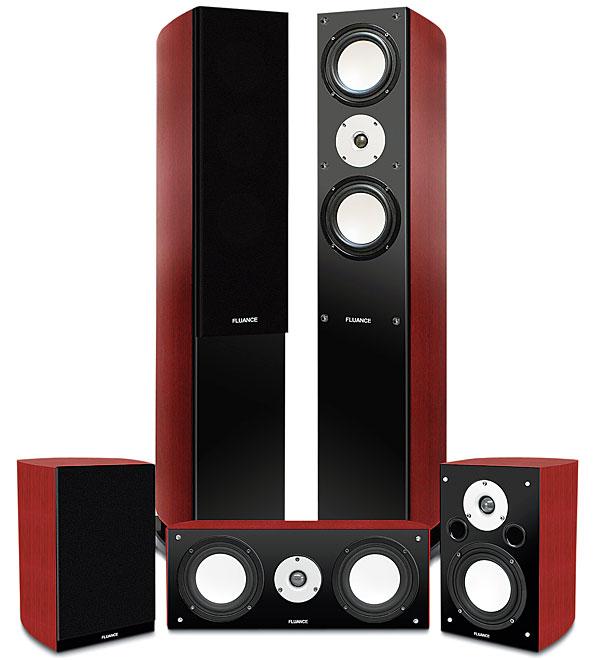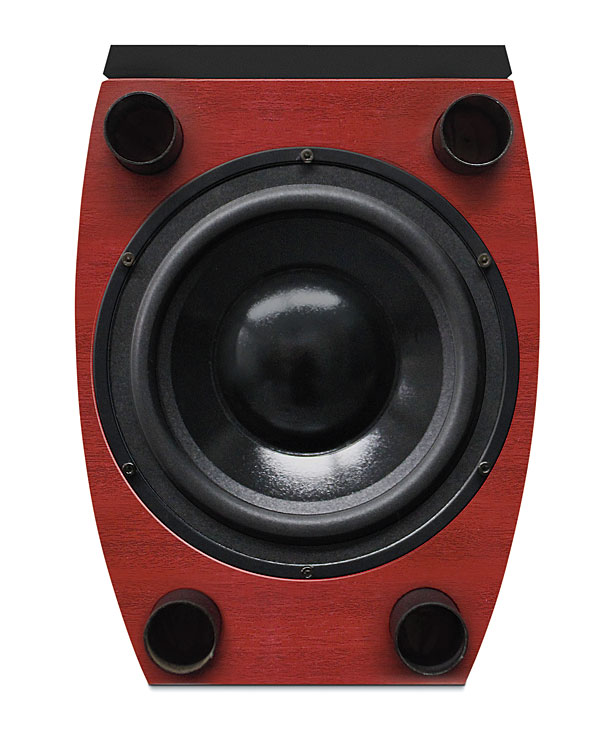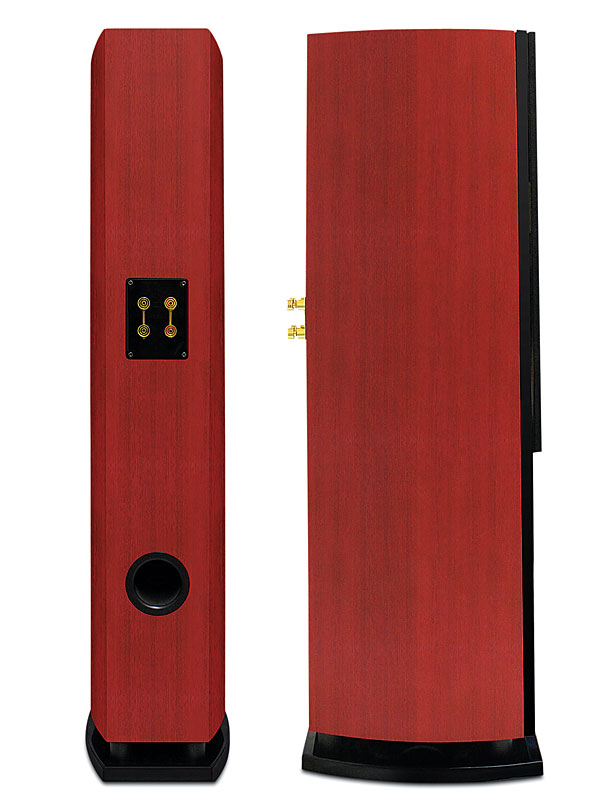Sure these look pretty, but they don't sound like they perform much better than the Pioneer's from Andrew Jones: http://www.soundandvision.com/content/pioneer-sp-bs41-lr-speaker-system
Are the pioneers, aesthetics aside, a better overall speaker or better value for half the price?



































































